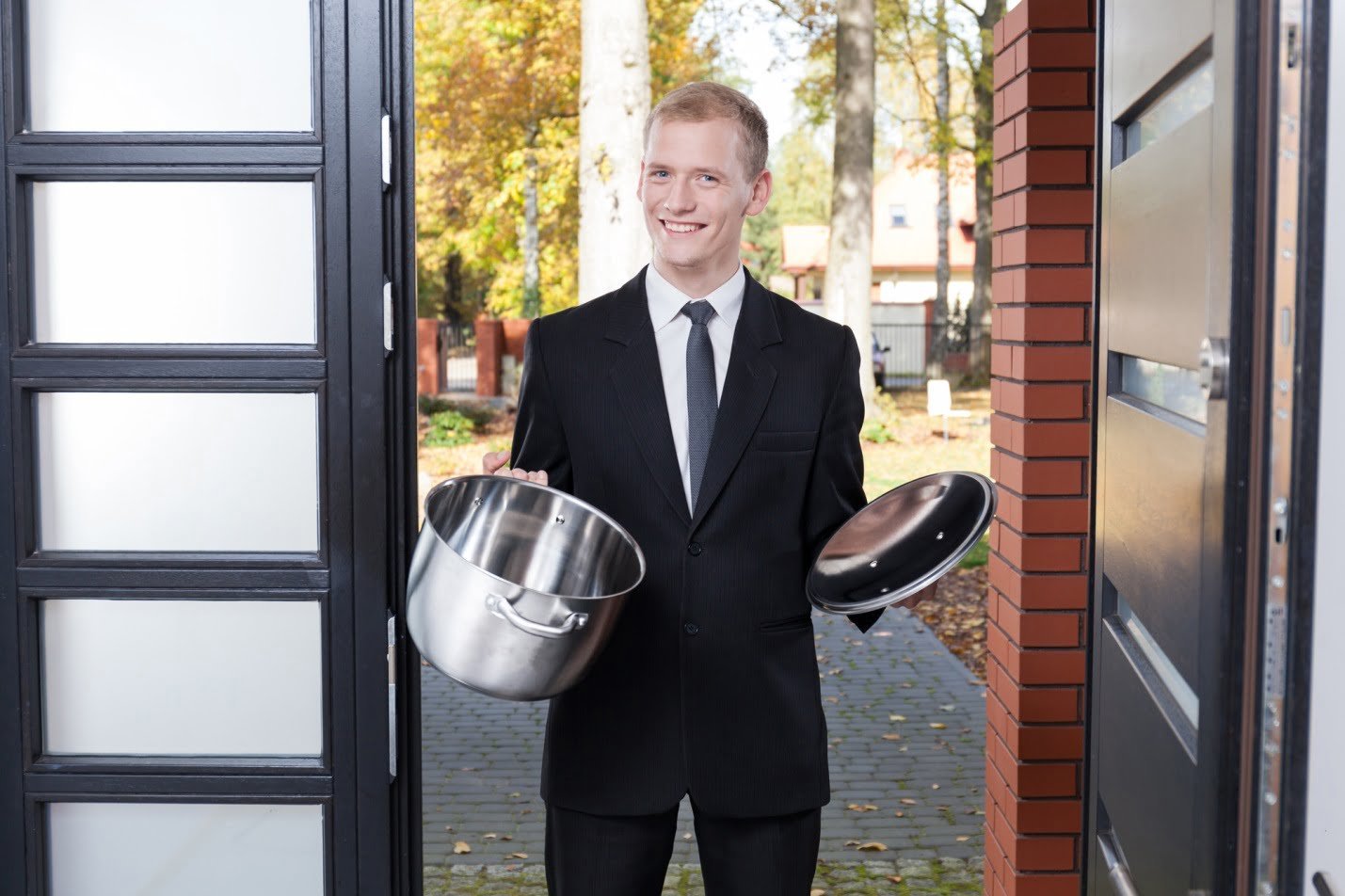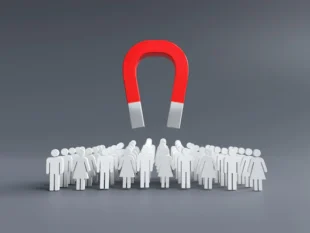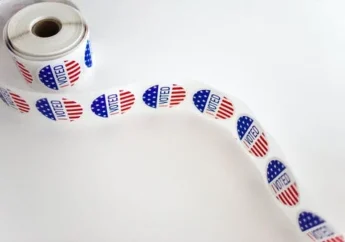Why Door to Door Marketing Still Works for Window Companies
by Arina Smith Marketing 18 May 2018

Home stores and online sellers control some changes to shopping habits. Yet, there is one thing that doesn’t change.
We buy from people. Today, door to door marketing may not include vacuum cleaners. But it remains stable for home improvement sales, and there’s a good reason why.
For upgrades, such as windows or doors, the benefits of “live” salespeople outweigh other sales techniques. Catalogs, online shopping, or big-box stores cannot “see” what the homeowner needs.
Home repairs are a significant investment. Most homeowners need help from the knowledge only a salesperson has.
The door-to-door home improvement salesperson can “see” issues with the current home. They can expertly speak about the replacement or upgrades. The marriage of needs and benefits meet face-to-face.
Though door to door marketing has a learning curve, the techniques are simple to follow.
Timing Is Everything :
Knowing the general habits of people is crucial for being at the right place at the right time. It doesn’t need to be accidental.
For example, most people are more apt to open the door and listen between 5 pm and 9 pm. During the morning or afternoon, they are busy with family chores. The entire buying committee (both spouses) may not be available during those hours.
Reasons for Change :
Just like any other product, there is a typical time of the year that signals consumers are likely to buy.
Before the holidays as well as both spring and summer are timely seasons for sprucing up the house. Window or door salespeople can take advantage of added benefits.
A great-looking home for Christmas satisfies the customer’s needs and gives them great pride of ownership.
Not to mention that old, worn-out windows or doors costs customers in high energy bills. The savings they’ll enjoy by upgrading will pay for many holidays to come.
The Reason They Buy :
When a salesperson talks to a customer, the information they need is why the customer will buy. Homeowners often focus on price. They cannot apply a number to what their home means to them.
Plus, everyone wants a home with style.
Their home represents family, memories, and daily investment of time. A person-to-person exchange reveals to salespeople the needs that no one can “see”.
Both home buying and improvements are an emotional sale.
For example, this company offers their products as a way for customers to “fall in love” with their home again.
Countdown to the Sale :
No matter the type of sale, most salespeople list rejection as a tough part of the job. Those who travel door-to-door can be the brunt of loud and abrasive rejection.
Yet, most sales pros would say it’s part of the job. Only a small number of the customers they speak with will buy. Every “no” brings you closer to the next “yes”.
Though it’s never fun, successful salespeople never take it personally. Instead, they see it as the next step to a sale.
Plan a Conversation :
Knowing a product is one thing, but talking about it is quite another.
A customer can read a brochure and find the specs on windows or doors. A good salesperson, when they have an attentive listener, should be quiet.
Open-ended questions are the real hero here.
After introductions, ask the customer about their home. What are their plans, if any, over the next year? What would like to most change?
Careful listening will uncover what’s most important. Buying signals will appear.
An important tip: some people like to talk.
Give yourself a limit on the amount of time to spend with this type of customer.
Let the Customer Say No :
The door to door marketing involves dealing with rejection. Most savvy customers fear being “sold” something they don’t need or want.
This tension can cause both parties to feel uncomfortable, and will never build trust.
If the salesperson asks the customer to tell them when they’re not interested in, the tension will lift.
A simple statement, such as “if you hear anything that won’t work for you, let me know,” gives the green light to an honest exchange.
You will notice the customer instantly feels more comfortable.
You’ll Never Convince Them :
A common misconception about door-to-door sales is that a customer “gives in”. After all, if the salesperson lists all the features and benefits, there is no reason to say no, right?
This myth never works. Especially when face-to-face, salespeople cannot hide behind these tactics.
A customer who has no need or desire for new windows or doors will not buy. No amount of convincing will change this fact.
Worse, if the customer ever decides they need your product, they will not call you.
An interested customer who trusts the salesperson will buy nearly every time.
The Best Tool for Door to Door Marketing Is You :
The best door to door sales tip often boils down to, well, you. Having confidence in the windows you sell is a matter of learning. And being self-confident takes learning too. Each rejection should teach you something.
Customers often weren’t ready to buy. They didn’t have the resources. Or they were angry you interrupted their dinner.
None of these reasons have anything to do with you.
Each time you write up an order, you’ll learn more about what does work. You’ll better learn to recognize buying signals.
If done correctly, door to door marketing teaches us about people every day. And, more importantly, ourselves.
As with any business venture, the more you know, the better you will become.
We love to hear feedback from our readers. Let us know what you think!







































































































